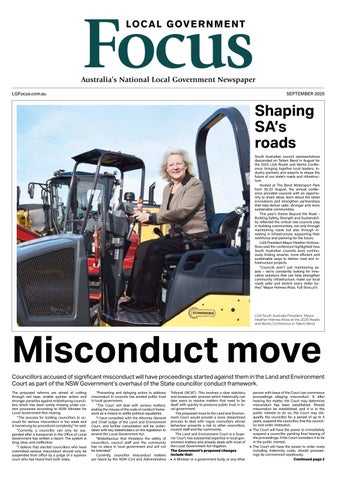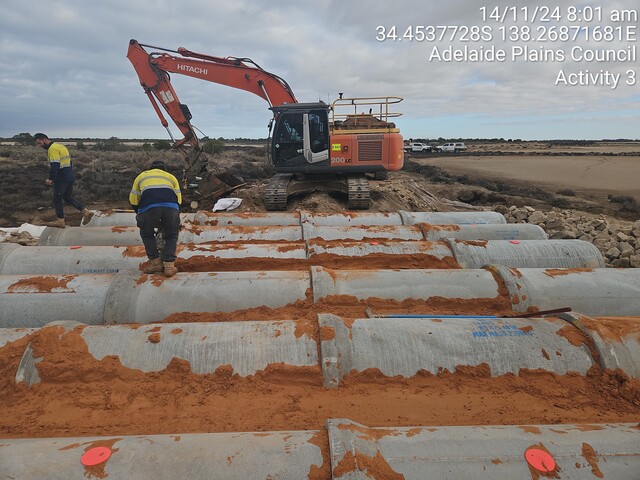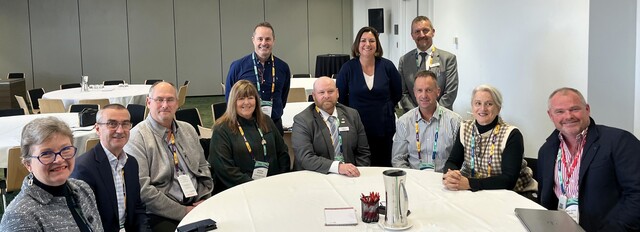The UK Experience by Malcolm Morley *
In recognising the increasing challenges being faced by Councils, the Office of the Deputy Prime Minister commissioned research into the capacity gaps in Local Government. The results of this research, I am sure, will be similar for councils in Australia.
Overall the main gaps in capacity were identified as:
- partnership working
- e-government
- risk taking
- community engagement.
The main gaps in capacity among Councillors, in addition to those above, were identified as a shortage of strategic management skills and ineffective overview and scrutiny skills. Many Councils found that their capacity suffered from the practice of extracting the most talented Councillors for the Cabinet. There were too few able Councillors to fulfil all of the executive and non executive roles required in Councils. This is interesting as the research also highlighted concerns about there being too many Councillors.
Among the top management teams, the most commonly identified capacity gaps related to strategic thinking and the ability to act corporately rather than as managers of individual departments. At an operational level, capacity gaps were identified as the ability to learn from good practice either from within the Council or by bringing in ideas from elsewhere; performance management; the ability to challenge the way in which services are currently delivered; and project management.
With support functions, capacity gaps were identified in procurement, strategic human resource management, strategic property and facilities management, IT and work process skills.
In seeking to understand the causes of the capacity gaps the following were identified:
- recruitment and retention problems
- the impact of the Comprehensive Performance Assessment (CPA) as poorly performing Councils hunt for talent
- competition with the private sector and the pull of central agencies
- skills shortages in local labour markets
- the attractiveness of the Local Government sector as an employer.
Councils are using a wide range of methods to build the capacity of their top management teams including away days, training the whole team in situ, leadership programs and appraisals. At the second and third tier levels, leadership programs and various forms of officer groups, cross departmental groups and corporate meetings are being used to build capacity.
The range of methods used to build the capacity of Councillors is not as broad as for officers and considerably less time and money is generally devoted to building Councillor capacity. This often reflects both history and the willingness and ability of Councillors to take part in such training. Many Councillors are still in full time employment.
The demands now being placed upon UK Councils means that there is an ongoing training and development need for both officers and Councillors. The ongoing identification of those training and development needs is of crucial importance as is the specification of the training and development to be provided.
Personal Development Plans (PDPs) need to be developed within the Council’s capacity building context. These Plans will increasingly be relevant for Councillors as well as for officers. It will be interesting to see whether Councillors embrace the concept of PDPs.
* Malcolm Morley is Chief Executive of Harlow District Council and can be contacted via the Editor, email info@lgfocus.com.au The views expressed in this article are not necessarily those of his employer.







